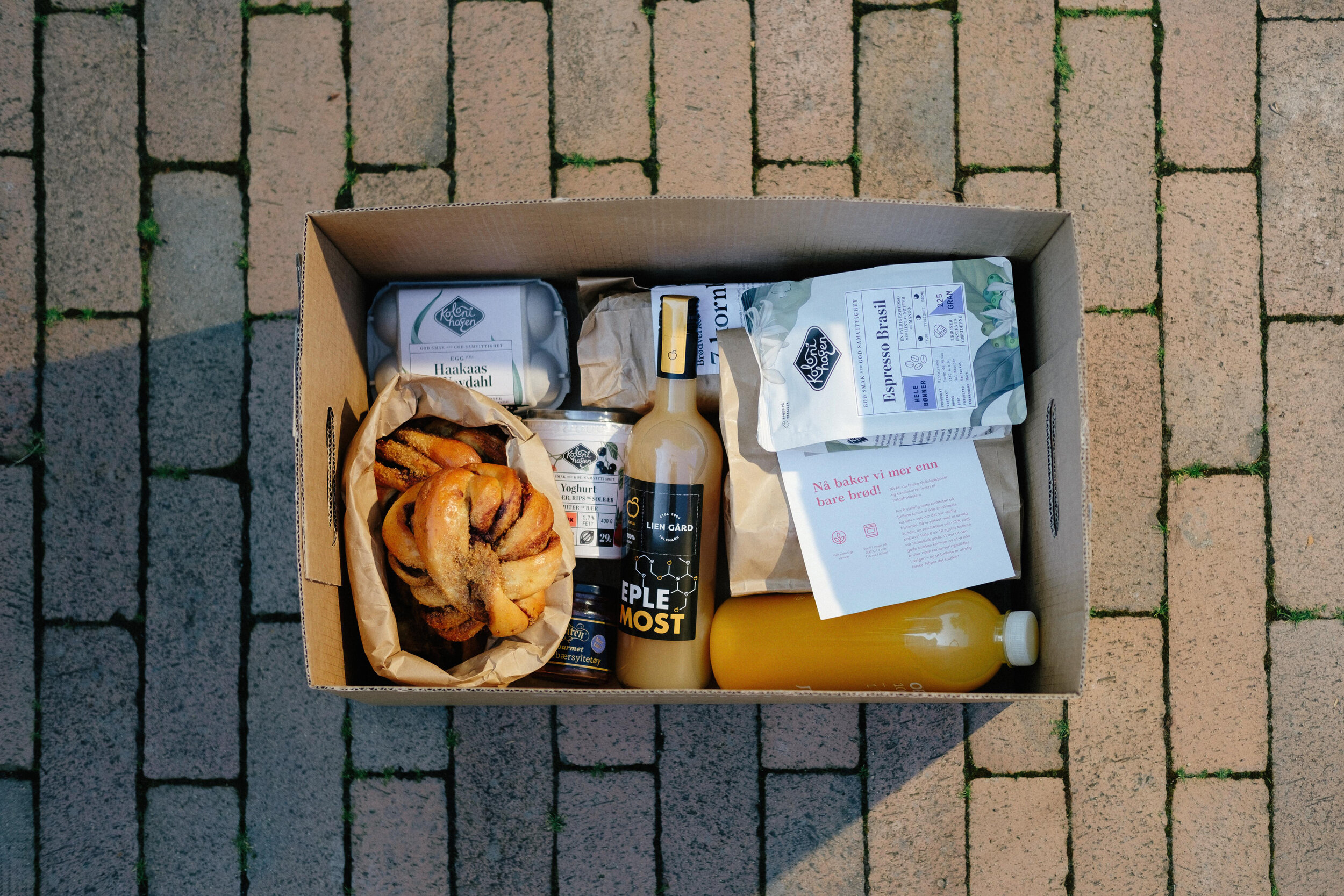
Climate receipt
At Oda, we are fortunate to have so many customers who care about the climate. That’s why we now provide an overview of the emissions from the products in your shopping basket. We hope you find it a simple and useful guide, even when everyday life is hectic! You can read more here about how it works and how we have put it together. The climate receipt is only available in Norway at the moment, but will be available in Germany and Finland soon.
Oda is creating the store of tomorrow. It goes without saying that it should be a sustainable one.
Our goal is to give all Oda customers as good an overview of their food emissions as we do of their food costs. While we are waiting for accurate climate figures on each individual product from the producers themselves, we have, in partnership with the Centre for International Climate Research (CICERO), used average figures for the various types of food.
How are the CO2 emissions calculated?
All greenhouse gas emissions are converted to standard CO2 equivalents per kilo of product within different food groups. The emission figures incorporate the climate footprint of production, transport, packaging and a typical quantity of food waste in production and in store for this type of food group.
Emissions from different products within the same food group can vary. Emissions from cattle, for example, can range from 13 up to 35 CO2e per kilo. We use an average. The difference in climate footprint between different product groups is still so great that even the most climate-unfriendly salmon has far lower emissions than the most climate-friendly beef.
The overview only covers food and does not yet include other household goods, such as paper towels etc. Emissions figures for mixed dishes such as pizza and other ready meals are still being calculated.
Why only climate emissions?
There are many different environmental and sustainability aspects of food, but to begin with the overview only shows greenhouse gas emissions. In its “Klimakur” report, the Norwegian Environment Agency stated that the climate footprint of Norwegian food consumption needs to be greatly reduced by 2030. Although many consumers are concerned about how they can reduce their own emissions, there is currently no climate labelling standard for Norwegian food. “Your climate footprint” is our attempt to provide a simple and general overview. Also, climate emissions is often a good proxy for other sustainability measures, as it is often highly correlated.
What about local food?
The differences in emissions between food groups are generally greater than the contribution from transport. This means, for example, that locally produced lamb generates greater emissions than vegetables produced in faraway countries.
In the long term, we hope that climate figures from each supplier will help make the climate calculator more accurate and distinguish more clearly between individual products!
However there can be other good reasons for wanting to buy locally, and at Oda we aim to offer a wide variety of locally sourced products like fruit and vegetables in season.
How should I use the climate receipt?
“Your climate footprint” helps to give you a simple overview of which food types contribute to higher greenhouse gas emissions. It makes it easy for you to see how even small changes to your shopping basket, such as replacing a meat dinner with fish, can have a positive impact.
What do red and green foods mean?
Your climate footprint overview shows the climate emissions per kilo for different food groups. The food groups are placed on a scale from red to green, with red food groups having the highest greenhouse gas emissions and green food groups the lowest. The scale has been drawn up in partnership with CICERO, Norway’s leading climate research institute.
The scale only indicates greenhouse gas emissions, converted to CO2 equivalents, and not any other environmental and sustainability considerations.
What can I do to cut the emissions from the food I eat?
Choose food with a low or medium footprint, such as fish, vegetables, pork or chicken, and cut down on lamb and beef. By all means choose local produce, but be aware that the type of food has a greater bearing on the climate footprint than transport.
Always remember that the most climate-friendly food is the food that gets eaten. Plan and calculate well and make good use of leftovers.






